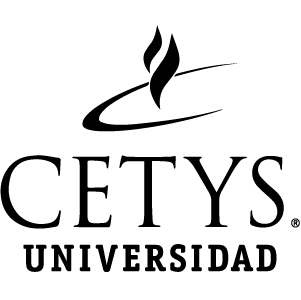https://repositorio.cetys.mx/handle/60000/1778| Título : | Advances in Biotechnology for Food Industry |
| Título de capítulo: | Corrosion in Electronic Sensors Used in Manufacturing Processes Decrease the Quality in the Seafood Industry |
| Autor : | López-Badilla, Gustavo Terrazas Gaynor, Juan Manuel |
| Palabras clave : | Seafood;Industry |
| Sede: | Campus Tijuana |
| Fecha de publicación : | 2018 |
| Citación : | Gustavo López Badilla, Juan M.T. Gaynor, Chapter 9 - Corrosion in Electronic Sensors Used inManufacturing Processes Decrease theQuality in the Seafood Industry, Editor(s): Alina Maria Holban, Alexandru Mihai Grumezescu, In Handbook of Food Bioengineering, Advances in Biotechnology for Food Industry, Academic Press, 2018, Pages 243-265, ISBN 9780128114438, https://doi.org/10.1016/B978-0-12-811443-8.00009-8. |
| Resumen : | The use of electronic sensors in the industry of seafood packaging companies installed on the coast of Baja California in northwestern Mexico has great advantages in manufacturing processes because they improve the productivity and quality of seafoods, such as in the case of tuna. This improves the processing of seafood industry by making the packing process faster, immediately detecting the pollution particle in tuna, and also packing quantities properly. When the sensors have adequate operating performance, the manufacturing operations are also adequate, and the proposed objectives are obtained in the production scheduling. When exposed to the corrosive environment, the electronic sensors operate with a low yield or stop operating permanently. This causes the operations to perform slowly. Also, the detection of particulate contaminants in tuna and the package processes are not made adequately, which leads to the quality detriment. Sometimes, the seafood company has poor productivity and product quality. This leads to the product scrap and create economic losses. When low quality seafood products reach to the consumers, it can be a serious threat to their health. In this study, a statistical analysis to evaluate the operation yield of the electronic sensors used in the industrial systems, industrial equipment, and industrial machinery was done. A numerical analysis with the MatLab software was also done to evaluate the cost originated by the presence of corrosion in the metallic surfaces of the electronic sensors. Other step of the investigation was the analysis at nanoscale with the Auger Electron Spectroscopy (AES) technique, to determine the principal pollution agents that damage the metallic surfaces of electronic sensors. The study from 2014 to 2015 observed that minimum damage in the metallic surfaces of the electronic sensors can generate electrical failures in these electronic devices. |
| URI : | https://repositorio.cetys.mx/handle/60000/1778 |
| Aparece en las colecciones: | Capítulos de Libro |
Este ítem está protegido por copyright original |
Este ítem está sujeto a una licencia Creative Commons Licencia Creative Commons


